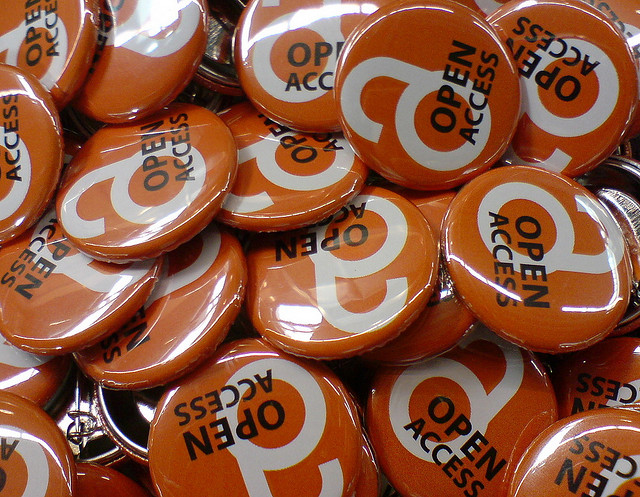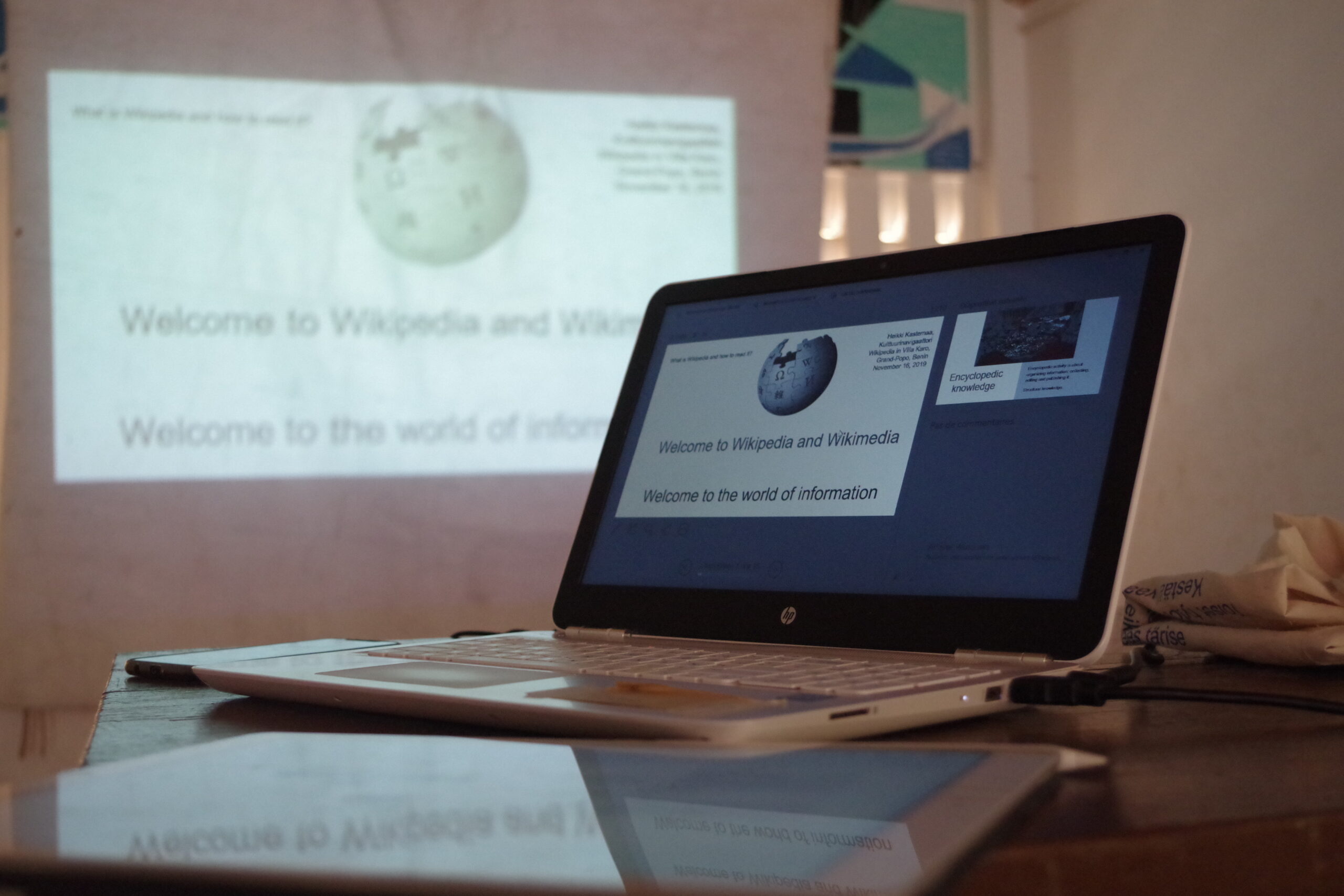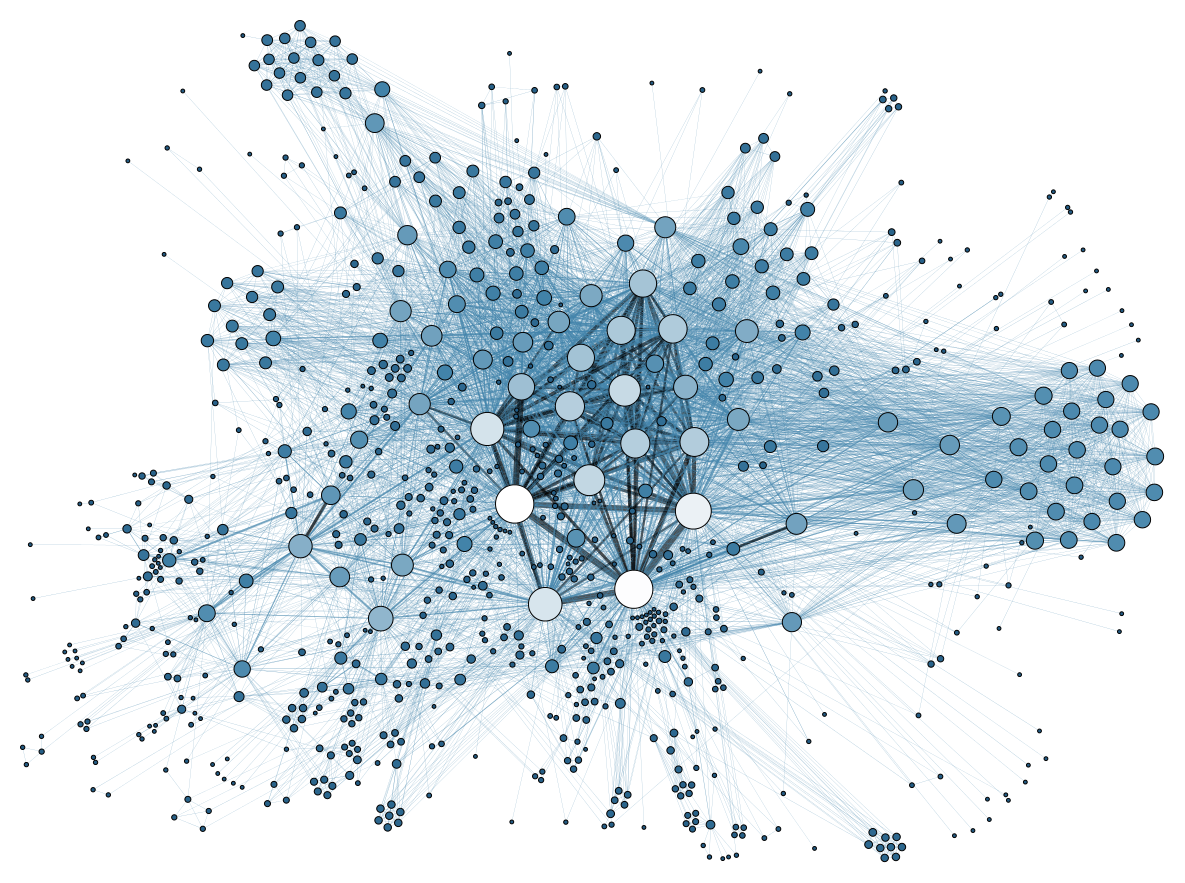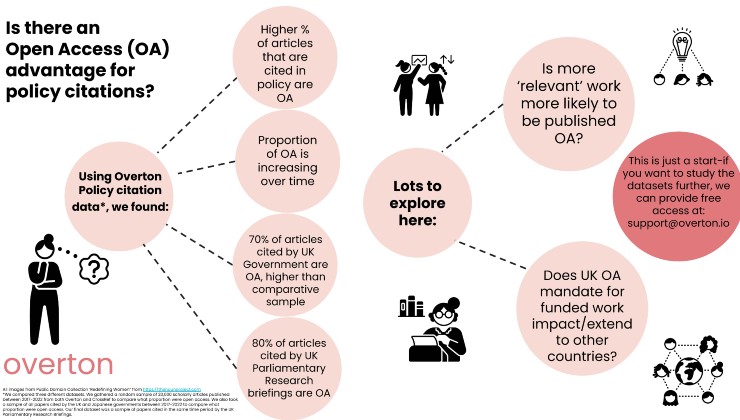Examining Open Access and Commercial Success
Research and discoveries need to be shared. And when those discoveries are publicly funded, they should be openly accessible. Academic journals are the main forum researchers use to share new discoveries with other researchers, particularly in the sciences. For most academic journals, university libraries pay subscription fees on behalf of students and researchers.
But, over the past 20 years, there has been a push to make journals freely available to anyone with an internet connection. In response, research funders have announced open access policies in the United States, Canada, Australia, South America and Europe.
Open profits
Commercial academic publishing has been extremely profitable for a long time. Researchers usually access journals in their fields using their university library’s subscriptions. Because these journals are so necessary for researchers to do their jobs, publishers have spent the last 30 years raising prices at a rate faster than inflation.

The importance of journal subscriptions for researchers has helped publishers like Elsevier make huge profits. Elsevier makes so much money that their chairman tries to publicly downplay their profitability.
But open access — which allows anyone to read the articles — was supposed to change all of that. Many open access advocates have argued that open access will save libraries money. Open access journals don’t charge subscription fees, but many of them charge researchers a fee to publish instead. However, authors can publish in the majority of open access journals for free.
Like many researchers, I am dissatisfied with the current publishing system and have applied my research skills to study aspects of open access and how it affects the publishing habits of researchers.
In theory, competition between publishers should keep the price of open access down. For example, Jeff MacKie-Mason, an economist and the University of California librarian, has argued that pay-to-publish open access will decrease the market power of publishers. If academics are using research money to publish, they will have an incentive to consider the cost of publishing with a particular journal. This might seem logical, but the question remains of whether this actually happens. In my recent paper, I sought to answer this question.
If higher fees result in fewer academics wanting to publish with a journal, then when a journal introduces or increases its fees, it should see a reduction in the number of articles published. Unfortunately, I did not find any evidence that this was the case.
In order to examine whether academics are sensitive to price, I looked at two main scenarios where you might expect a journal to lose business as it becomes more expensive: when a journal introduces a fee and as journals increase their prices.
Fees-for-papers
Publishing for free is great, but when journals start charging researchers fees, they don’t lose business. A new journal might introduce a fee after a free introductory period. For example, when eLife introduced a US$2,500 publication fee in 2017, it still published more articles in 2017 and 2018 than it had in 2016. Similarly, Royal Society Open Science introduced a US$1,260 fee in 2018 and continued to grow.
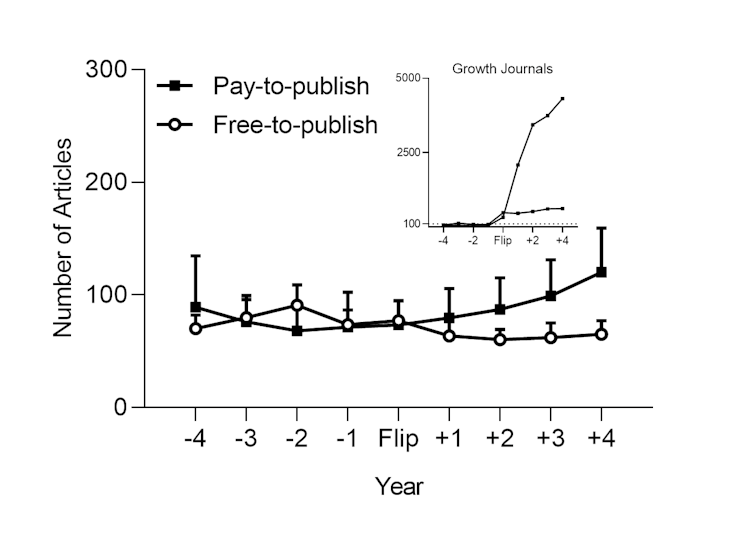
Journals sometimes also become open access. They might believe in the ideals of open access, or they might want to get ahead of the changes being slowly pushed by funders and universities.
For an established journal that becomes open access, charging a fee can be associated with the journal’s growth. I looked at 19 journals that had become open access between 2006 and 2014, 11 of which began charging fees and eight of which became free to publish and read. Fee-introducing journals suffered no reduction in articles. In fact, two journals started publishing hundreds of articles more under pay-to-publish than they had as subscription journals, perhaps because of the lack of space restrictions in online publishing or because they now had a commercial incentive to publish more papers.
Raise fees, increase revenue
I then looked at the four biggest commercial open-access publishers that relied on publication fees: BMC, Frontiers, MDPI and Hindawi. I tracked 319 of their journals, their listed prices and the number of research articles they published between 2012 and 2018. I fed this data into a statistical model and it showed academics preferred to publish in more expensive journals.
The two publishers who raised their prices the most, Frontiers and MDPI, also saw the most growth in the average number of articles in each journal.
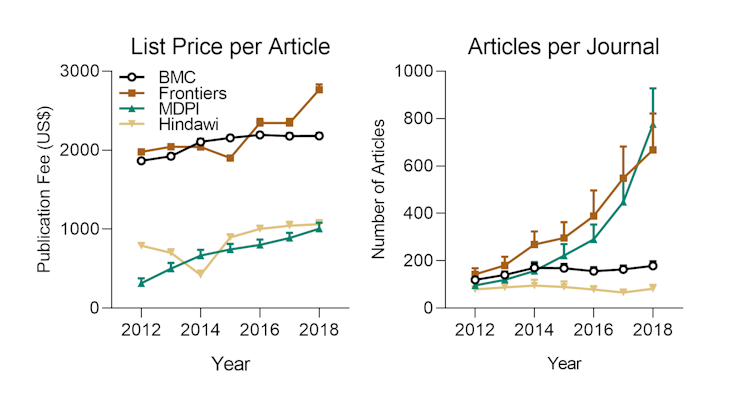
Pay-to-publish, or perish
Academic journals are not just communication tools – they are also a performance evaluation mechanism. How many articles and where they are published is supposed to demonstrate how good an academic’s work is (even though it doesn’t). Publishers know this and happily admit to pricing their journals according to the field’s ability to pay and their journals’ reputations. So it’s no surprise that open access publishers can make up to 50 per cent profit.

Even with less than 20 per cent of the market, fee-charging open access publishers have been able to raise prices much faster than inflation. Mandating increased demand for open access publishing through funder policies, like Plan S, will probably lead researchers to spend more on publishing and less on research.
In other words, a fully open access world with our current publishing ecosystem would give academics the choice of paying more to publish in higher-ranked but more expensive journals, or risk their careers hoping that institutions and funders will be satisfied with them publishing in ‘value’ journals. It’s an easy choice when you’re on a short-term fellowship or contract, even if research and the taxpayers who fund us are the long-term losers.
The problem of rising publishing fees and academics’ price insensitivity is just another of myriad perverse incentives associated with pay-to-publish scholarship, which fuels predatory publishers and disenfranchises academics from poorer countries.
Instead of building an academic vanity press and pretending that market forces will make things work, we should be building public infrastructure for sharing research like preprint servers, institutional repositories, or free open source publishing software. These resources enable academics to share free versions of their papers or take control of the publishing process so that new knowledge benefits everyone, not just publishers’ profits.
